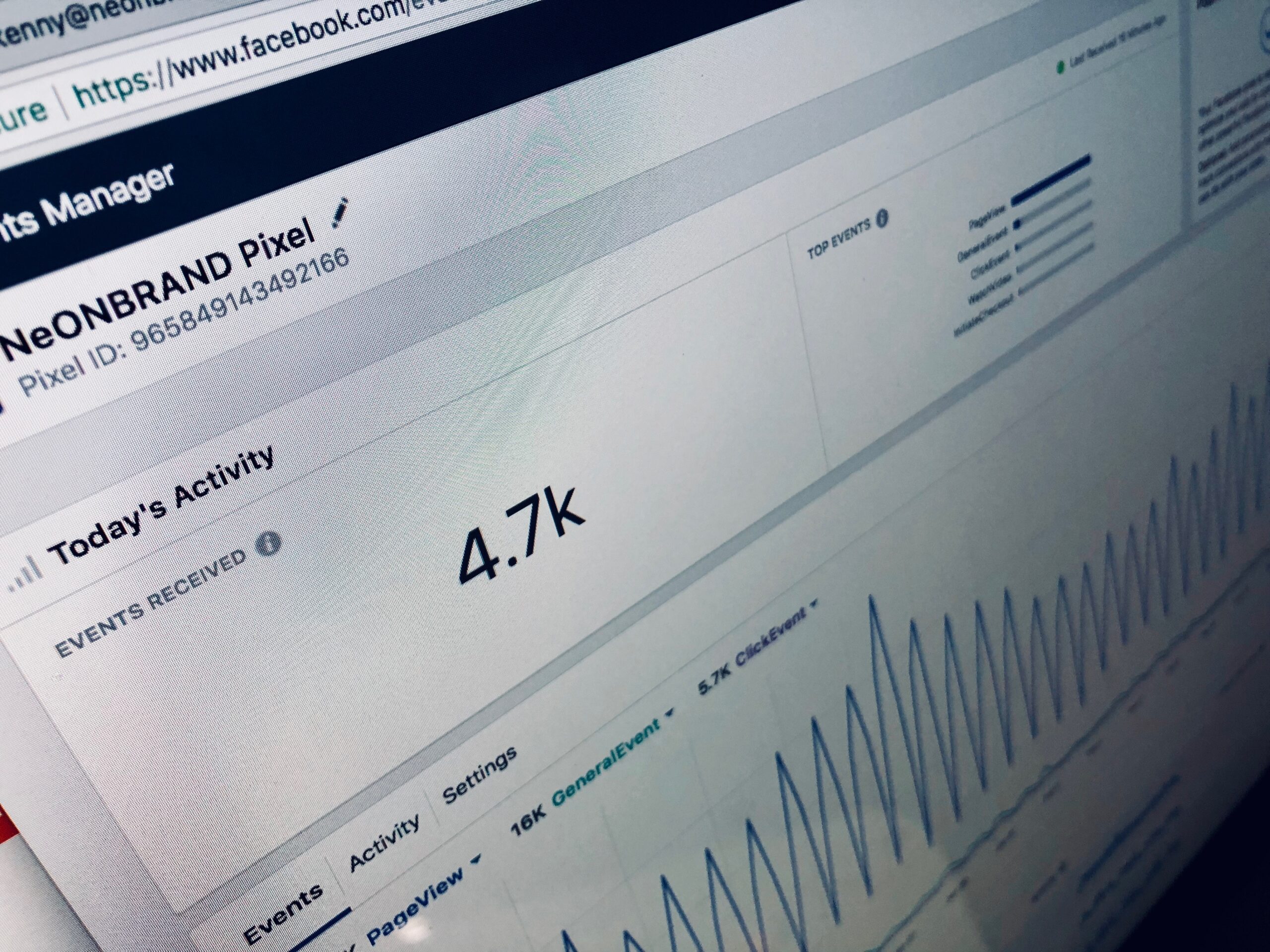With the wealth of alternatives available to modern customers, customer experience has now become a key business differentiator. Not only will 86% of consumers abandon a brand after just two bad experiences, but 61% are also willing to pay more if they are guaranteed to be excellent experiences. That's why it's up to brands to continuously look for innovative ways to understand and engage their customers. AI-driven sentiment analysis is one of the key ways companies can gain valuable insights into their customers and tailor their products and services to their needs and preferences to differentiate themselves from the fierce competition.
WHAT IS AI-DRIVEN SENTIMENT ANALYSIS?
AI-driven sentiment analysis, also known as opinion mining, is the process of using artificial intelligence algorithms to analyze textual data and understand the emotional tone of the message. It includes processing customer reviews, social media responses, surveys, blog posts, emails and other digital texts to determine whether the feelings expressed are positive, negative or neutral. This gives the company the information it needs to initiate appropriate, real-time responses that impress customers.
Customer feedback is perhaps the most accurate assessment of a brand's products and services. Normally, it would be difficult for brands to sift through the vast amount of feedback on the internet. However, AI-driven sentiment analysis enables rapid analysis of textual data sources and accurate discrimination of the positivity, negativity, or neutrality of the sentiments contained therein. Such powerful technology comes with many applications such as social media monitoring, brand reputation analysis and marketing campaign evaluation.
HOW DOES AI-DRIVEN SENTIMENT ANALYSIS WORK?
AI-driven sentiment analysis is primarily driven by two AI subsets, Natural Language Processing and Machine Learning. While natural language processing helps interpret human text, rules-based or automatic machine learning models are trained to identify sentiment and intent. The process can be roughly summarized in two stages:
CLEAN AND STANDARDIZE DATA
After extracting data from all relevant sources, the text should be cleaned and standardized to remove text that does not contribute to the sentiment analysis process. This includes punctuation marks, special characters, capitalization contractions, and common words such as “is”, “the”, “and”, etc. Eliminating these redundancies allows the machine learning models to better analyze the remaining text.
SENTIMENT CLASSIFICATION
Sentiment classification is the defining step in AI-driven sentiment analysis, and it mainly concerns machine learning algorithms such as supporting vector machines and recurrent neural networks. Labeled datasets with texts categorized as positive, negative, or neutral are used to train the sentiment classification model. Features, important patterns in the text relevant to sentiment classification, are extracted prior to training. The model then learns to recognize associations between extracted features and sentiment labels on the labeled datasets.
It is important to note that AI-driven sentiment analysis can go beyond sentiment polarity. It can also perform other types of sentiment analysis, including:
EMOTION DETECTION: This type of sentiment analysis is used to identify emotions expressed by customers in texts, such as happiness, anger or surprise. This provides insight into the emotional state of the individual.
ASPECT-BASED ANALYSIS: This is useful for identifying the specific aspect in the body of the text that is positive or negative. For example, a user might send a review about a laptop saying that the design leaves something to be desired. With an aspect-based analysis, the machine will decipher that the review was specifically about the design and not necessarily a negative review of the entire product.
INTENT ANALYSIS: This type of sentiment analysis is used to determine the underlying motivation behind a text. Companies can use this to predict a customer's likely next move, such as buying more products or leaving a brand for a rival.
HOW CAN AI-DRIVEN SENTIMENT ANALYSIS IMPROVE THE CUSTOMER EXPERIENCE?
Sentiment analysis is an important business process with numerous applications, many of which serve the important role of improving the customer experience. Here are four comprehensive ways AI-driven sentiment analysis can make your customers feel more connected to your brand:
REAL-TIME ANALYSIS AND REACTIONS
According to HubSpot Research, immediate customer service response is important to 90% customers. For 60% of these customers, immediately means 10 minutes or less. This puts tremendous pressure on brands to respond to customer comments and inquiries, but using AI-driven sentiment analysis certainly makes the task easier.
With advanced AI algorithms companies can perform real-time monitoring of social media platforms, websites and emails to quickly identify instances where the brand or its products and services are being negatively mentioned. This real-time analysis can also be applied to customer support correspondence, such as live chat, phone calls, or emails, to help agents directly identify the emotions in customer feedback. Then companies can respond quickly and appropriately to address customer issues or concerns and improve their perception of the brand.
PERSONALIZED CUSTOMER INTERACTIONS
Personalization is key to improving the customer experience, and AI-driven sentiment analysis uncovers exciting opportunities for brands to personalize their interactions with customers. For example, if a customer expresses positive feelings about a particular product, proactive brands can recommend similar or related products to that person. Similarly, brands can use emotion detection analytics to understand their customers' emotions and develop responses that capitalize on those specific emotions. So if a customer is sad, the brand can respond in an empathetic tone. In addition, the brand can reward customers who speak positively about their products and services with personalized offers and exclusive discounts. All this can strengthen customer relationships and build loyalty.
PRODUCT AND SERVICE IMPROVEMENT
AI-driven sentiment analysis provides actionable insights into customer sentiments and preferences, and these insights can be used by brands to improve their products and services. For example, brands can identify recurring complaints about the quality of customer service or poor website performance. Similarly, brands can use sentiment analysis to gauge the public's perception of a new product or recent software update and discover the specific features that customers are not impressed with and vice versa. Using sentiment analysis in this way, brands can know the negative aspects of their products and service that need improvement, as well as the positive aspects to expand further.
COMPETITIVE ANALYSIS
Another way companies can improve their customer experience is by conducting competitive analysis. AI-driven sentiment analysis can reveal your target audience's perception of your closest rivals and identify points of competitive advantage or disadvantage. For example, sentiment analysis may show that potential customers prefer a competitor's product because of battery life. Your product development team can use this information to release an updated version of your product with equal or greater battery life to regain competitive advantage. Similarly, if sentiment analysis reveals areas where your company is outperforming a rival, your marketing team can highlight them in advertising campaigns to show potential customers the potential customer experience they could get by patronizing your brand. This way your company stays ahead of the competition and at the same time you maintain a high level of customer satisfaction.
In short, AI-driven sentiment analysis is a simple yet powerful way for brands to gain valuable insights into their customers. By analyzing textual data from reviews, feedback, and customer support tickets, companies can understand what prospects and customers think of their offerings and take tangible steps to improve the overall customer experience. Therefore, it is a step that customer-facing companies must take to stay relevant in today's business climate.













